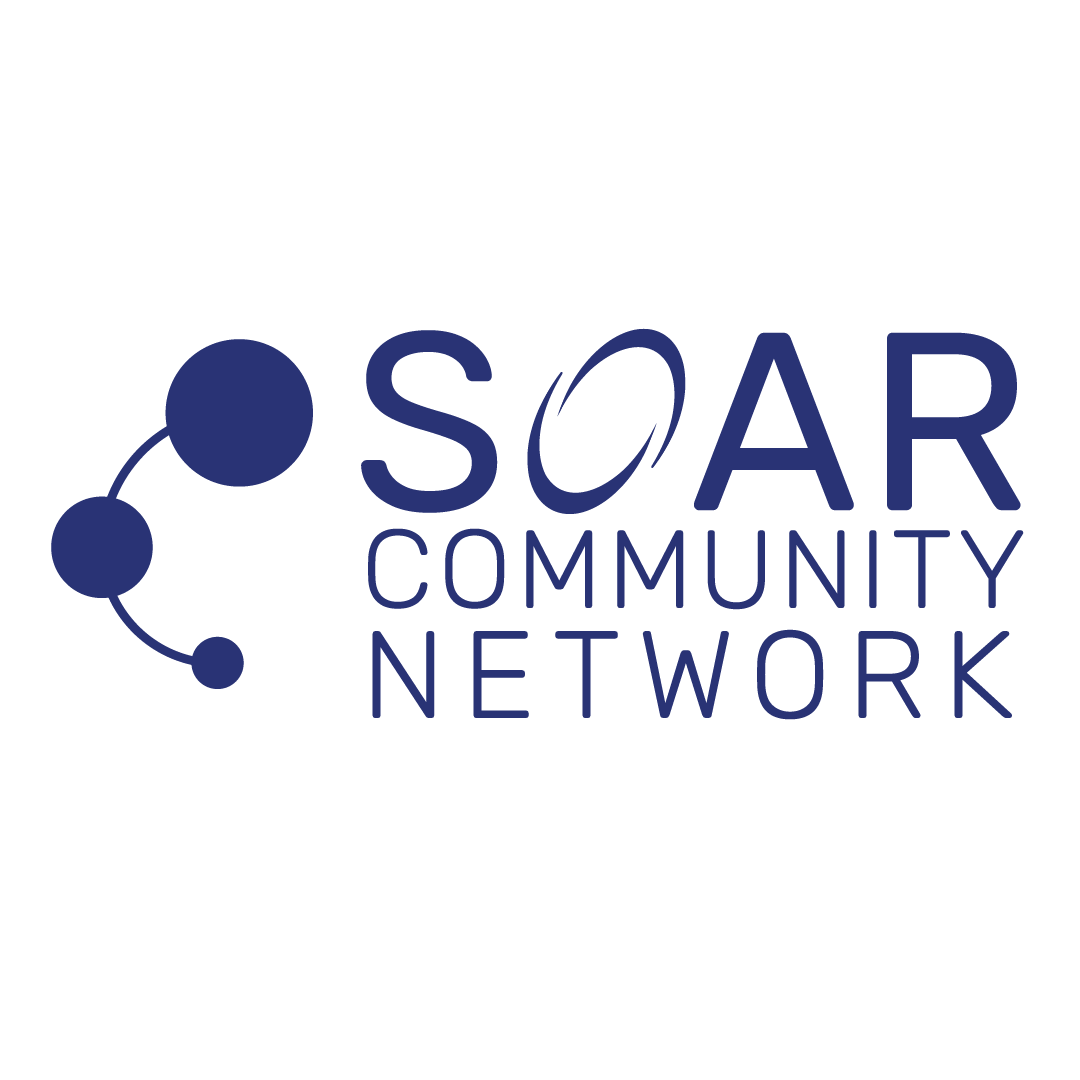Challenge:
In many organizations, employees often face the challenge of navigating cumbersome and outdated processes that hinder rather than help their work. When procedures become obstacles, not only does productivity suffer, but employee morale can also diminish, leading to a less efficient and motivated workforce.
Solution:
To address this issue effectively, companies need to take a proactive approach to revamp and streamline their operational procedures. This involves reevaluating existing processes, aligning them with strategic goals, and ensuring they support rather than obstruct employee efforts.
- Reevaluate Purpose: Begin by engaging with your team to understand their daily challenges related to current procedures. Identify which processes are perceived as hurdles and examine their purpose and alignment with your organization’s goals. This will help determine which procedures need to be simplified or removed.
- Assess and Align: Conduct a thorough analysis of your workflows to pinpoint inefficiencies and bottlenecks. Use this assessment to realign your procedures, ensuring they are not only efficient but also aligned with your strategic objectives. This step should focus on making processes leaner and more adaptable to the changing needs of the organization and its employees.
- Embed Values in Operations: Modify and redesign your processes to reflect the core values of collaboration, cohesion, and compassion. Ensure that every procedure is optimized to facilitate teamwork and enhance productivity, making every task achievable and less time-consuming.
Action:
Implementing these solutions requires a structured approach:
- Gather Feedback: Start by collecting feedback from employees across all levels about the current processes and where they encounter the most difficulties.
- Develop a Plan: Based on feedback and analysis, develop a comprehensive plan that outlines which processes will be changed, how they will be updated, who will be responsible and accountable for the process and the expected outcomes.
- Implement Changes: Roll out the changes incrementally, starting with the processes identified as the most problematic. Provide training and support to ensure all employees are up to speed with the new procedures. Make sure that you assign accountability for the processes taking into account employee behavioral needs.
- Monitor and Adjust: Continuously monitor the impact of these changes on workflow and employee productivity. Be prepared to make further adjustments based on new insights and feedback.
- Review and Refine: Regularly review the streamlined processes to ensure they remain efficient and relevant to the needs of both the team and the broader organizational goals.
As part of our commitment to fostering a cohesive and collaborative workplace, these strategies are inspired by the principles of our C3 Framework, which emphasizes the importance of aligning operational strategies with core values and strategic objectives. By approaching process optimization through this lens, organizations can ensure that their operational frameworks not only support but actively enhance workplace productivity and employee satisfaction.

